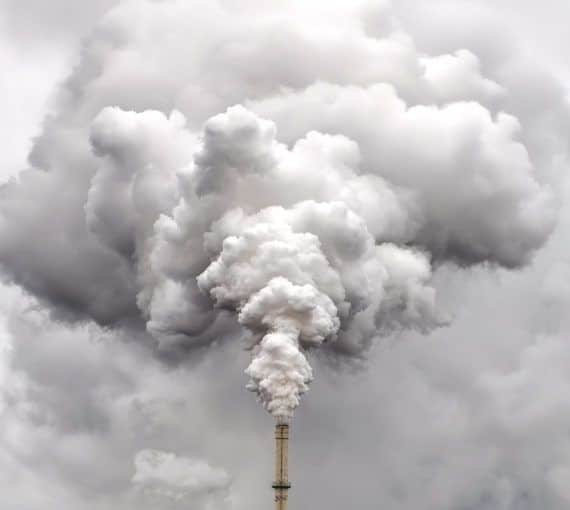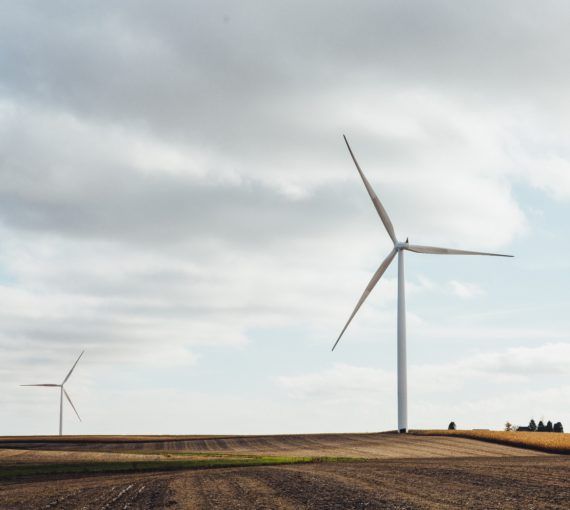
Gas usage in homes and buildings also causes indoor air pollution, emitting nitrogen oxides, formaldehyde, nitric oxide and carbon monoxide, which can linger for hours. (Photo: Kwon Junho via Unsplash)
The fossil fuel industry has employed many strategies over the years to keep money flowing.
It’s covered up its own science showing that burning its products is heating the world. It’s sowed doubt and confusion about the evidence through front groups and compromised “experts.” And it’s lobbied politicians and contributed generously to their campaigns. Industry executives have consistently put their own interests ahead of the health and survival of humanity.
It’s also used “greenwashing” and misleading language to garner support for its destructive products. One example is the term “natural gas.” As a fossil fuel, it’s no more natural than coal or oil, and just as destructive.
In the face of increasing concern about oil and coal’s pollution and climate impacts, the industry has upped its campaign to promote fossil gas as a cleaner alternative or as a “transition” or “bridge” fuel while the world shifts to renewable energy. A 2011 David Suzuki Foundation and Pembina Institute report detailed the fallacy of the bridge fuel argument, as has more recent research.
the industry has upped its campaign to promote fossil gas as a cleaner alternative or as a “transition” or “bridge” fuel while the world shifts to renewable energy
My home province’s gas company, FortisBC, has joined others — including Enbridge, TC Energy and ATCO Gas — in Fuelling Canada, an organization created by the Canadian Gas Association. Part of a push by gas companies everywhere, these companies and organizations have been spending enormous amounts on advertising (often designed to appear as journalism) on numerous platforms and outlets.
As Vancouver and Quebec join jurisdictions around the world banning fossil gas in many new building developments, gas companies are fighting back. With ads and articles extolling the virtues of “clean” gas, “bridge” fuels and “renewable natural gas,” the companies want customers to believe they’re part of the environmental solution to climate disruption.
They aren’t. So-called “natural” gas is, in fact, a processed fossil fuel composed almost entirely of methane — a greenhouse gas about 80 times more potent than carbon dioxide over the short term. Most of it is now obtained by fracking vast landscapes — blasting large volumes of water, chemicals and sand into rock formations to shatter them and allow bubbles of trapped gas to escape and funnel into wells. Methane escapes into the atmosphere in every step of the process — fracking, processing, transporting and burning in homes and buildings — even more than industry and governments have been reporting.
the companies want customers to believe they’re part of the environmental solution to climate disruption
Renewable natural gas is mostly methane obtained from agricultural, landfill or other waste. Although it’s better than fracked gas, as it can utilize some methane that would otherwise escape into the atmosphere, and has applications in hard-to-decarbonize industries, it doesn’t live up to the hype. For example, FortisBC offers customers the option of being supplied with RNG, but it doesn’t mention that existing customers are getting the same gas as everyone else, which is more than 99 per cent fossil gas.
For building cooling and heating, heat pumps are far more efficient, and less expensive, than gas. Gas usage in homes and buildings also causes indoor air pollution, emitting nitrogen oxides, formaldehyde, nitric oxide and carbon monoxide, which can linger for hours. Studies have shown this can cause respiratory ailments like decreased lung function and asthma, especially in children.
University of Saskatchewan chemist Tara Kahan and colleagues measured pollution in homes with gas stoves in 2017 and 2018. “All of the researchers were pretty horrified,” she told CBC, adding that she switched her gas stove to an electric induction appliance. Many chefs are also switching to efficient induction stoves.
we can’t continue fracking, building pipelines, expanding oilsands and developing oil, gas and coal projects if we want to avoid worsening climate impacts
Buildings were the third largest greenhouse gas emissions source in Canada in 2019, much of it from space and water heating.
The solution to the climate crisis and to building and home emissions — as scientists and experts worldwide from organizations and institutions ranging from the International Energy Agency to the Intergovernmental Panel on Climate Change have shown — is not more fossil fuels; it’s electrification using renewable energy and storage, along with energy efficiency and conservation. As a new David Suzuki Foundation modelling study finds, doing so is entirely possible in Canada by 2035.
As every scientist and energy expert who understands the climate crisis keeps saying, we can’t continue fracking, building pipelines, expanding oilsands and developing oil, gas and coal projects if we want to avoid worsening climate impacts — and we don’t have to.
We have solutions. Fossil gas isn’t one of them.



